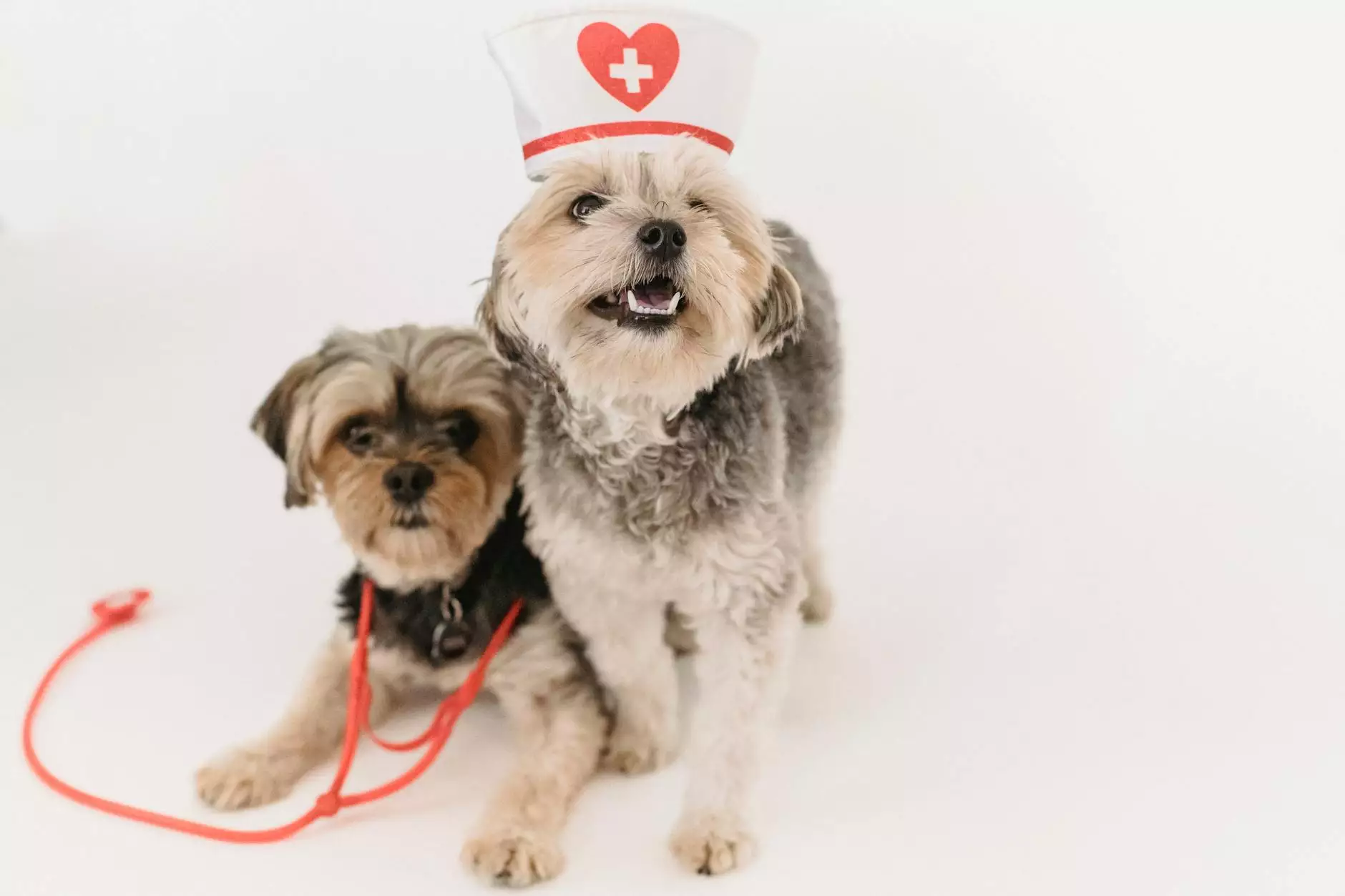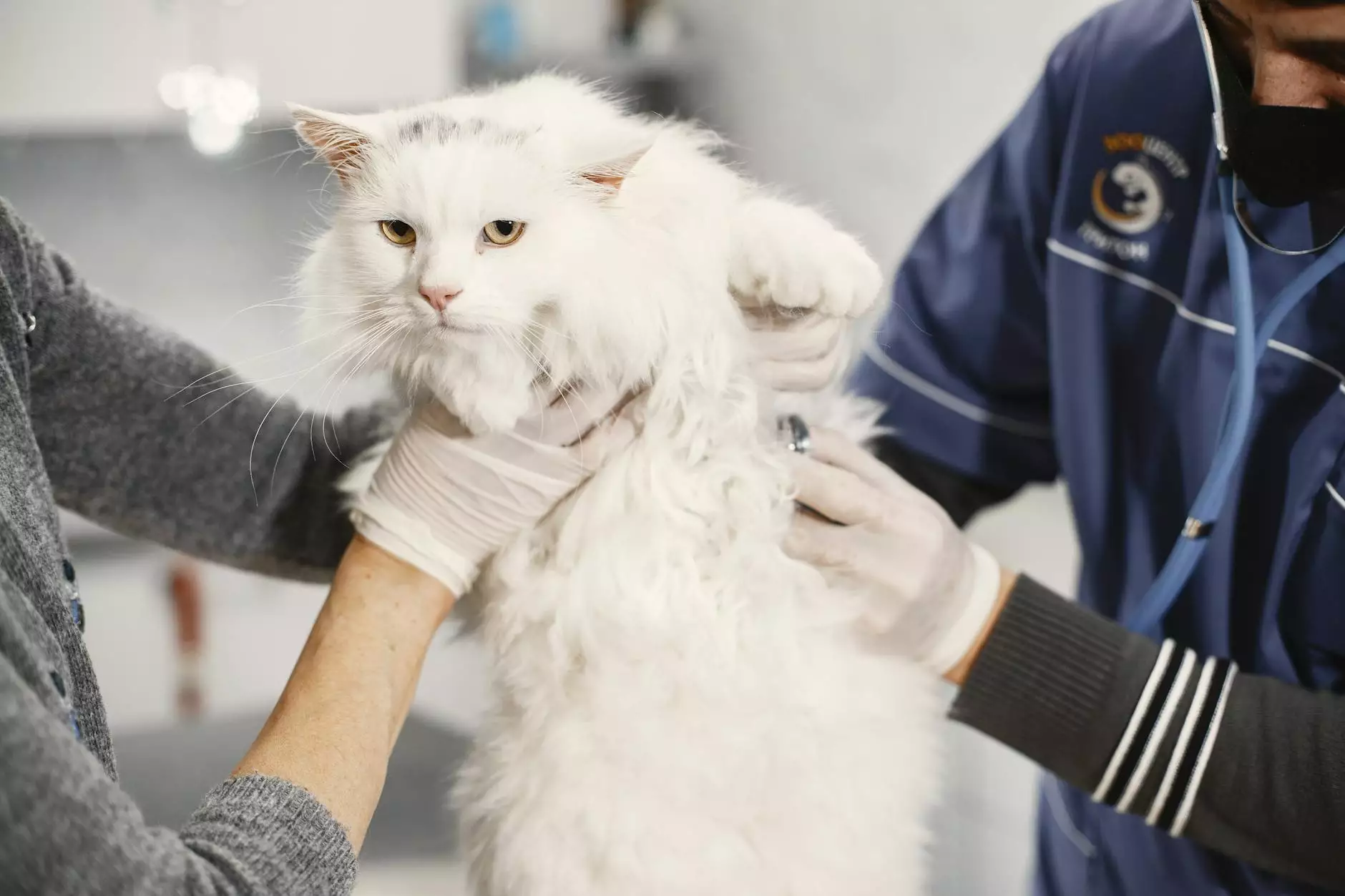How to Save Your Pet's Life with CPR
Training Secrets
Welcome to Exotico Savannahs' comprehensive guide on how to save your pet's life with cardiopulmonary resuscitation (CPR). As pet owners, we understand the importance of being well-prepared for any emergency that may arise. In this detailed guide, we will provide you with essential information, techniques, and tips to perform effective CPR on your beloved pet.
The Importance of CPR for Pets
Pets, just like humans, can experience life-threatening emergencies that may require immediate medical attention. CPR serves as a crucial life-saving measure in emergencies such as cardiac arrest, near-drowning incidents, or severe trauma. By performing proper CPR, you can help maintain vital blood circulation and provide oxygen to your pet's body until professional help is available.
Understanding CPR for Pets
Before attempting CPR on your pet, it is important to have a basic understanding of the technique and its key components. CPR for pets involves a combination of chest compressions and rescue breaths tailored to the size and species of your pet.
1. Assess the Situation
When faced with an emergency situation, conduct a quick assessment of your pet's condition. Ensure the surroundings are safe for both you and your pet. If the situation appears to be life-threatening and your pet is unresponsive, it is crucial to commence CPR immediately.
2. Perform Chest Compressions
Place your pet on a firm surface and position yourself next to them. For medium to large-sized dogs, place one hand on top of the other and perform firm, steady compressions on the chest. Aim to compress the chest at a rate of approximately 100-120 compressions per minute. For smaller dogs and cats, you can use your thumb and forefinger to perform chest compressions.
3. Provide Rescue Breaths
After every 30 compressions, it's essential to provide rescue breaths to your pet. For dogs, extend their neck to ensure the airway is open, then cover their muzzle with your mouth and gently blow air until you see their chest rise. For cats and smaller pets, you can cover both their nose and mouth with your mouth and provide two small breaths.
4. Continue CPR and Seek Veterinary Assistance
Continue performing the cycle of compressions and rescue breaths until your pet shows signs of regaining consciousness or until professional veterinary help arrives. It's vital to keep the momentum going while ensuring you don't exhaust yourself. Remember, CPR is meant to be a bridge until professional veterinary assistance can be provided.
Important Tips for Successful CPR
Performing CPR on your pet requires both technique and composure. Here are some important tips to enhance the chances of successful CPR:
- Stay calm and focused throughout the process. Your pet can sense your energy, so maintaining a calm demeanor is essential.
- Enlist the help of another person if available. CPR is physically demanding, and having an extra set of hands can be beneficial.
- Do not perform CPR if your pet has a pulse. CPR is only effective in cases of cardiac arrest where the heart has stopped beating.
- Always monitor your pet's condition and adapt your techniques if necessary. Every pet is unique, and CPR may need to be adjusted based on their size, breed, or specific medical condition.
- Take breaks when needed. Performing CPR can be physically and emotionally taxing. If you're feeling exhausted or overwhelmed, switch with another person or rest briefly before continuing.
Conclusion
Knowing how to perform CPR on your pet can make a life-or-death difference in emergency situations. Exotico Savannahs hopes that this comprehensive guide has equipped you with the necessary knowledge and skills to confidently perform CPR on your beloved pet when needed. Remember, being prepared can save lives, and we encourage all pet owners to take the time to learn and practice CPR techniques. Stay safe, stay informed, and ensure the well-being of your furry companions!




